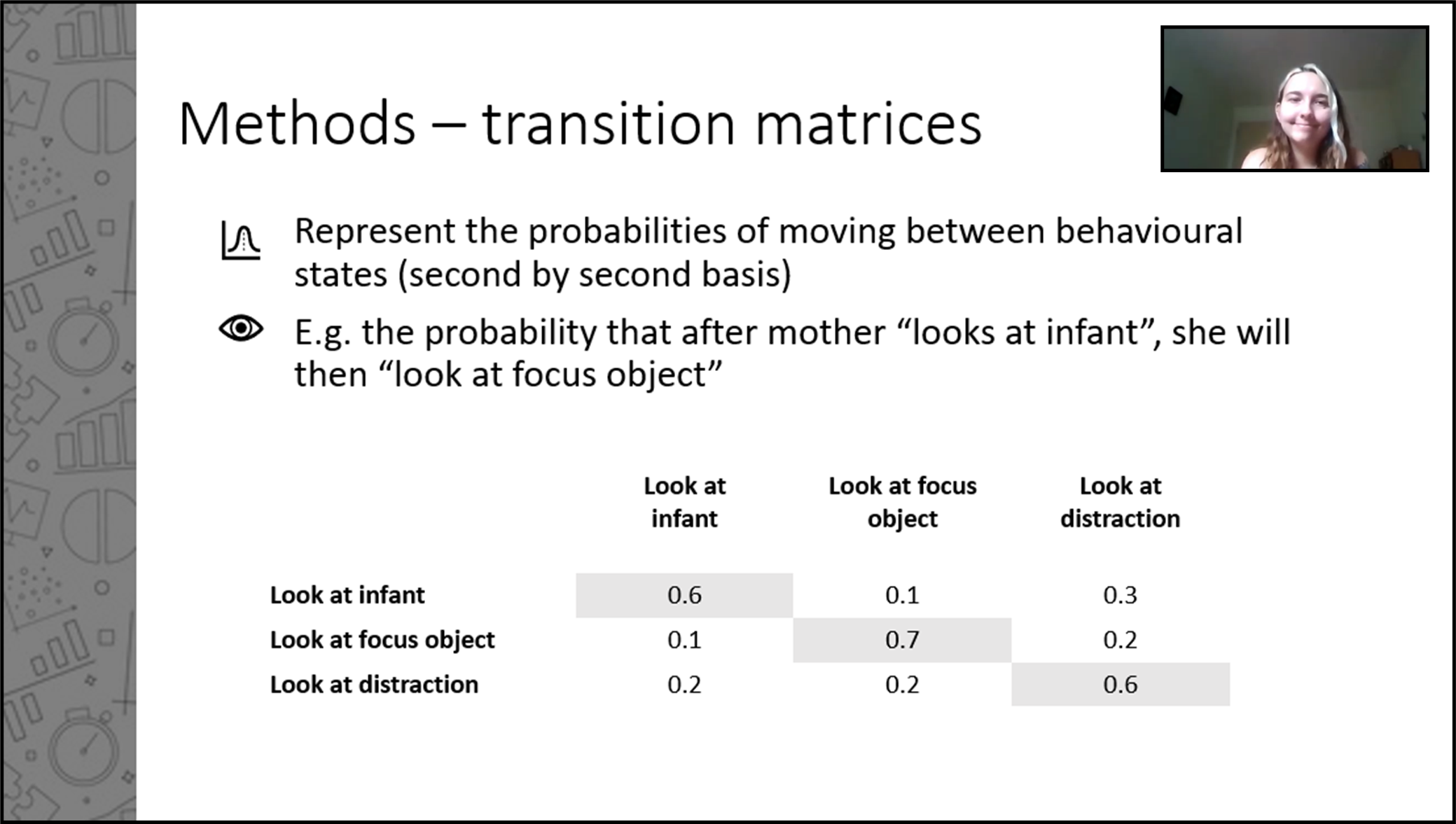Cohort 1 student Marceli Wac publishes a journal article in SoftwareX (Elsevier) entitled: ‘CATS: Cloud-native time-series data annotation tool for intensive care.’
Marceli had the following to say about the publication: ‘Intensive care units are complex, data-rich healthcare environments which provide substantial opportunities for applications in machine learning. While certain solutions can be derived directly from data, complex problems require additional human input provided in the form of data annotations. Due to the large size and complexities associated with healthcare data, the existing software packages for time-series data annotation are infeasible for effective use in the clinical setting and frequently require significant time commitments and technical expertise.
Our software provides a comprehensive, end-to-end solution to the time-series data annotation and proposes a novel approach for a semi-automated annotation in the cloud. It allows for conducting large-scale, asynchronous data annotation activities across multiple, geographically distributed users. The adoption of our software could benefit the wider research community by enhancing existing datasets, creating novel avenues for research that uses them and allowing for meaningful data annotation within smaller and highly specialised populations.
Produced software has the potential to be used in variety of domains and in particular, research involving the clinical time-series data. It allows the staff non-technically trained in the domain of computer science (such as clinicians) to enhance the existing datasets by creating annotations and providing additional context to data, which could be used to build novel machnie learning algorithms and apply them to the previously unexplored problems. The tool is cloud based allows for large-scale, distributed annotation, meaning that once deployed – it could be used by any group of clinicians across the world simultaneously.’
Link to Paper: https://www.softxjournal.com/article/S2352-7110(23)00289-3/fulltext#secd1e1291

 Cohort 1 student Romana Burgess attends the 16th EAI International Conference on Pervasive Computing Technologies for Healthcare in Thessaloniki, Greece. This is what she had to say about her experience:
Cohort 1 student Romana Burgess attends the 16th EAI International Conference on Pervasive Computing Technologies for Healthcare in Thessaloniki, Greece. This is what she had to say about her experience: Biosciences, held at ETH Zurich. The school invited participants from 42 institutions around the world, and a diverse range of speakers from both industry (e.g., Novartis, Microsoft, Genomics England) and academia (e.g., Stanford, ETH, Princeton).
Biosciences, held at ETH Zurich. The school invited participants from 42 institutions around the world, and a diverse range of speakers from both industry (e.g., Novartis, Microsoft, Genomics England) and academia (e.g., Stanford, ETH, Princeton).
